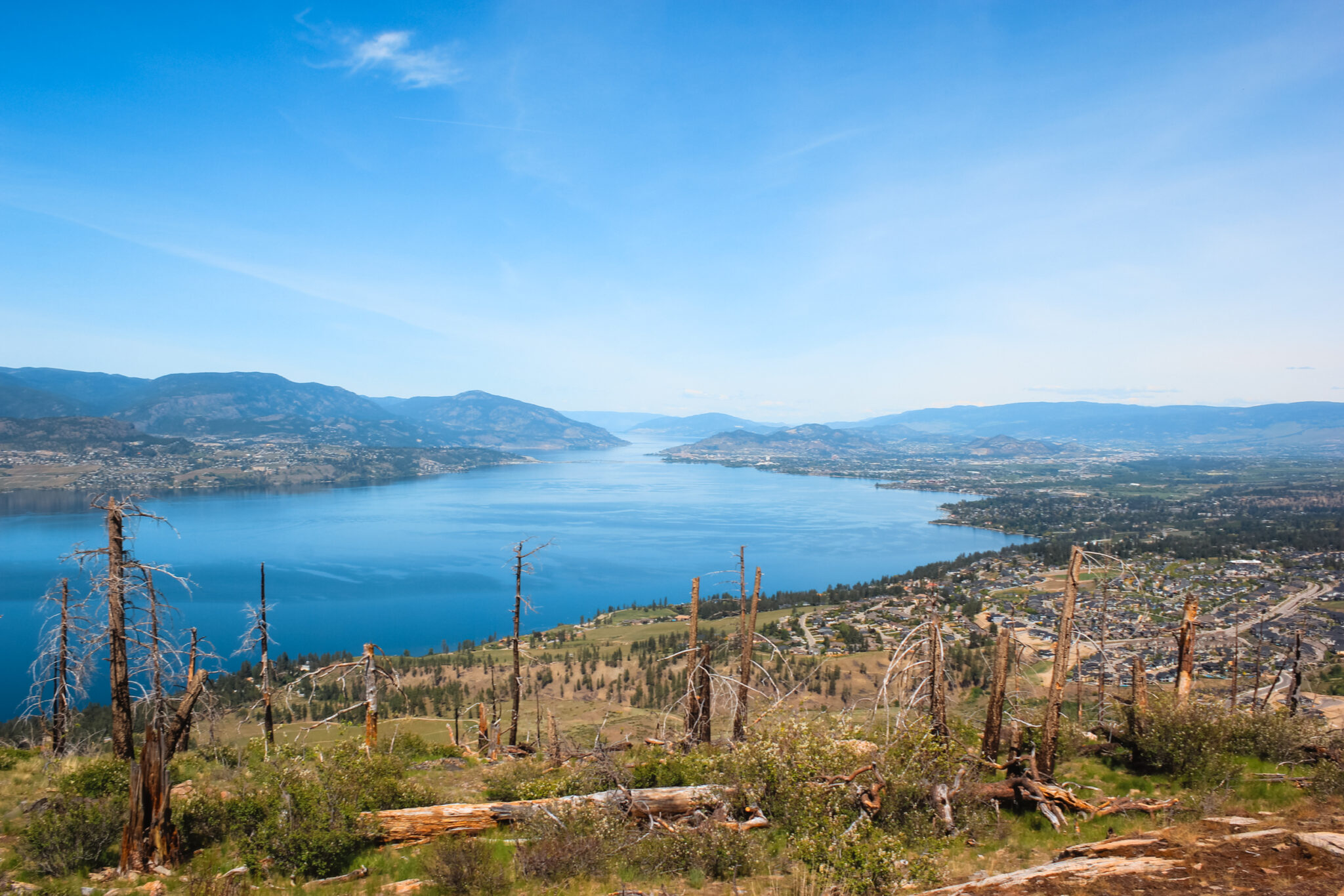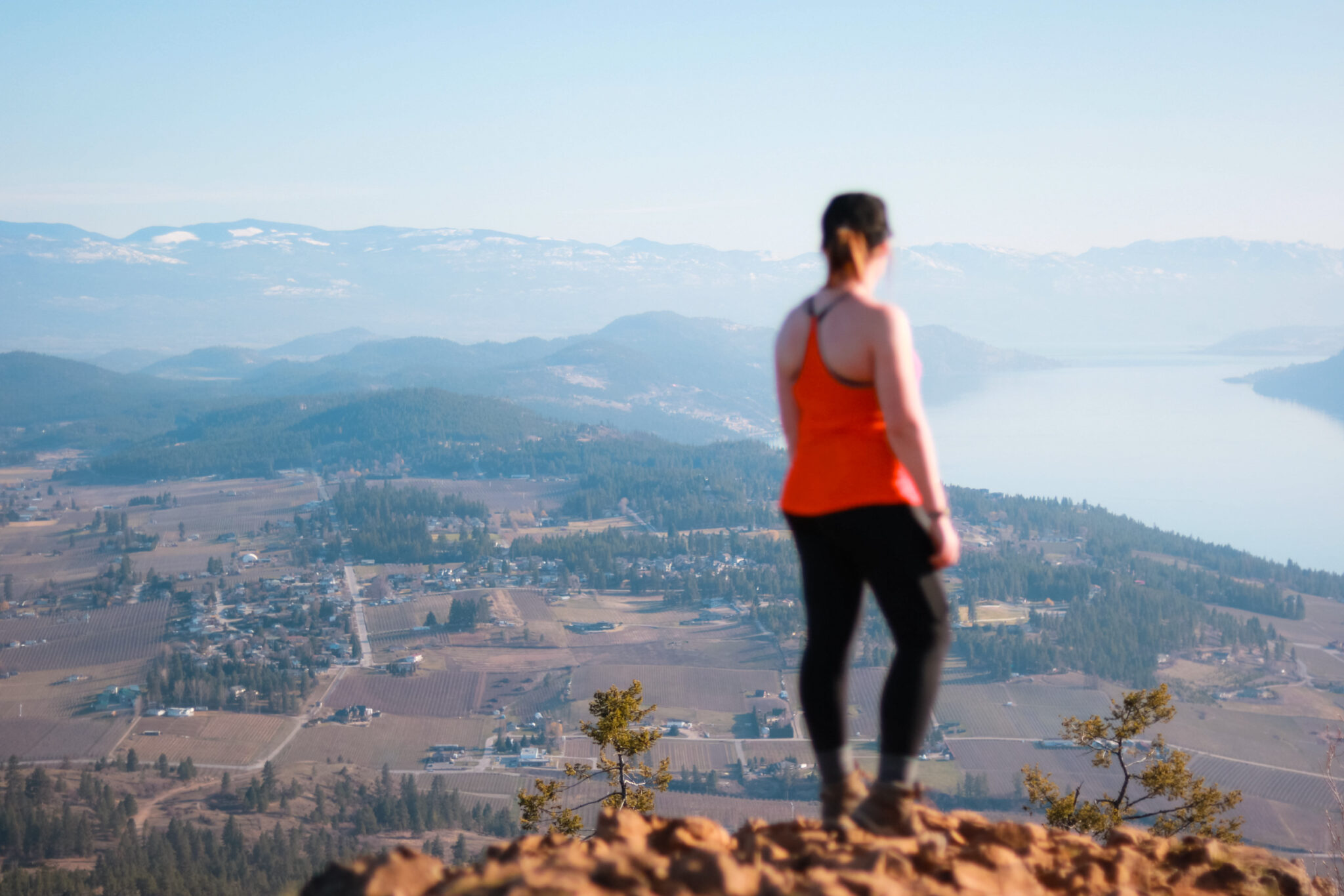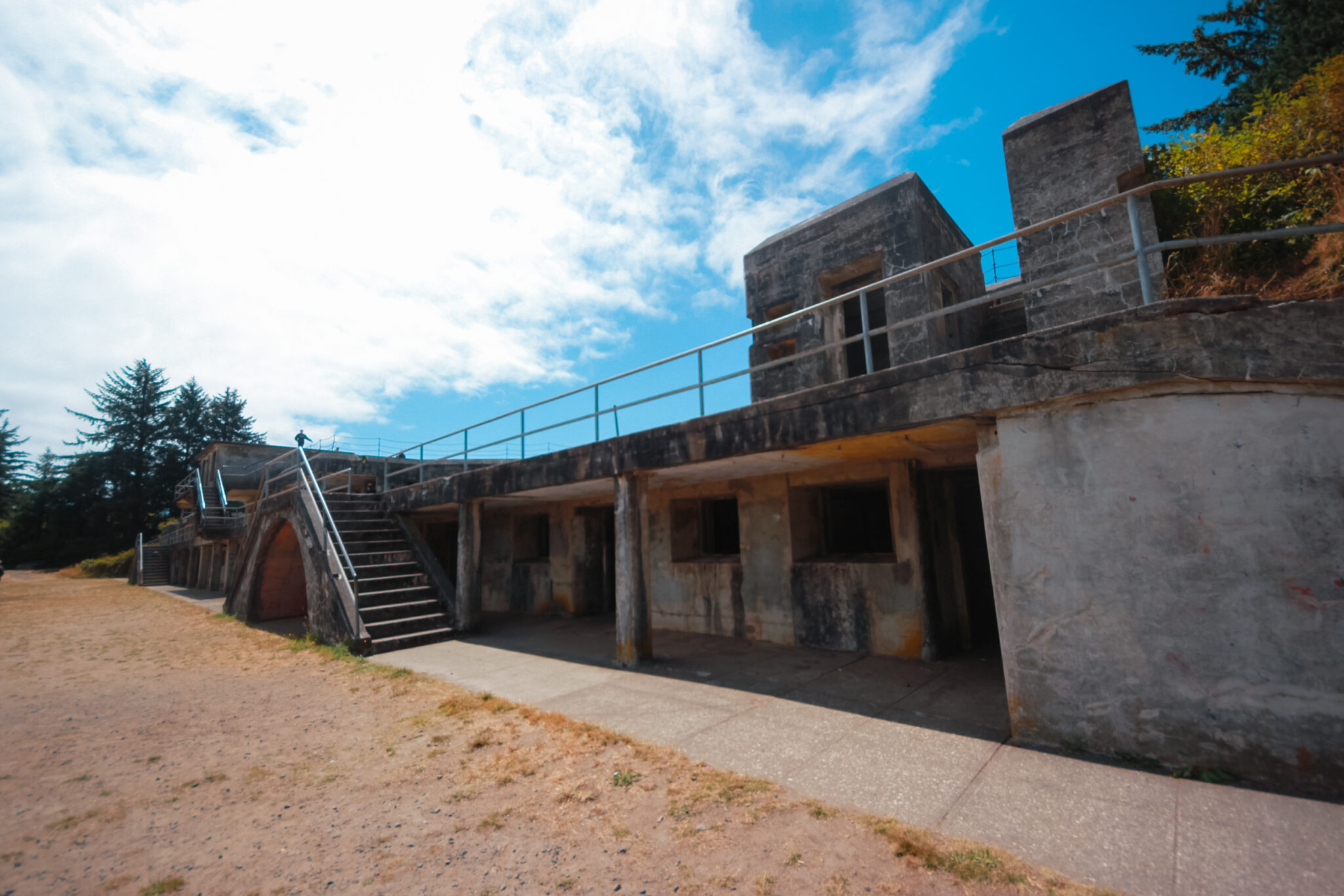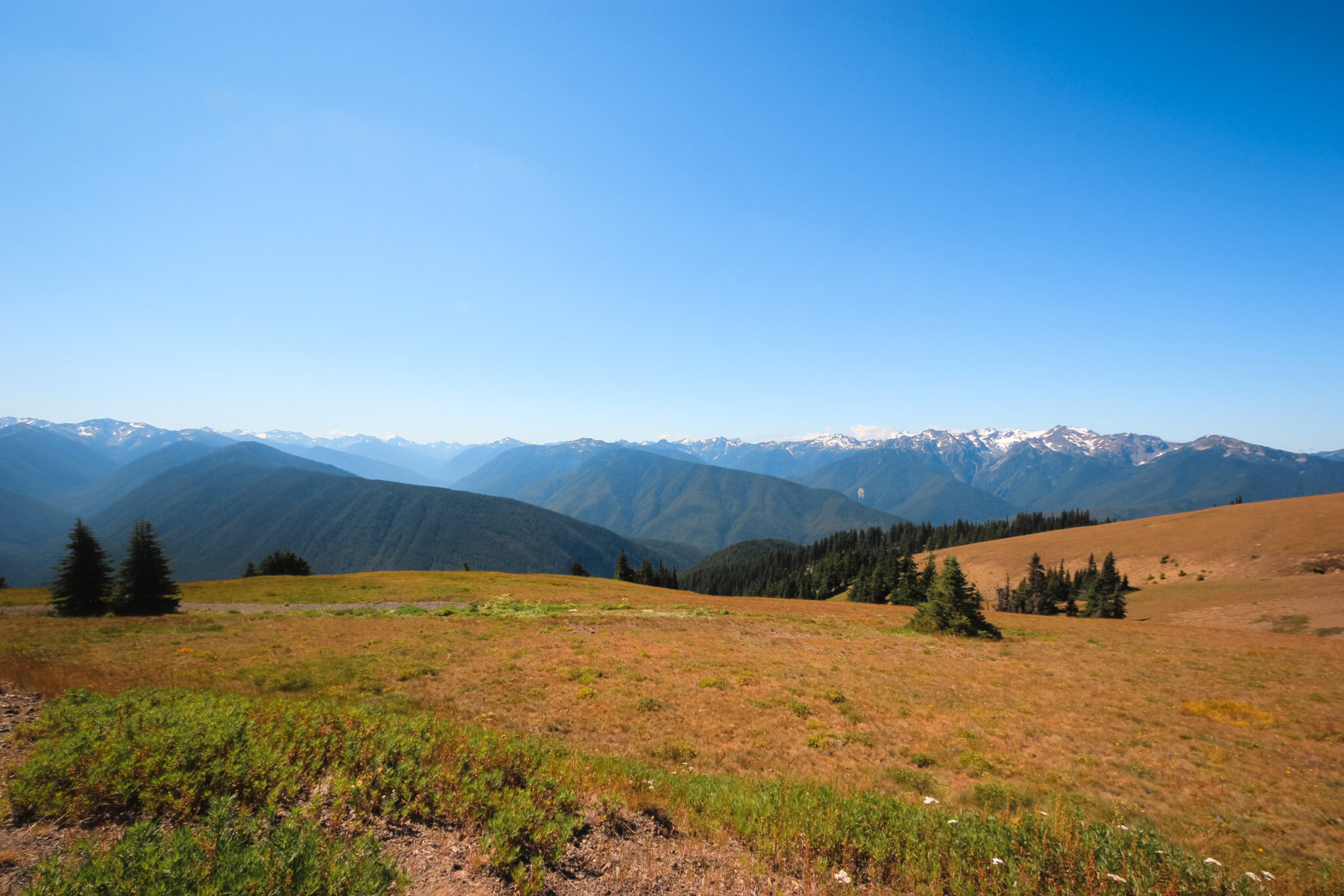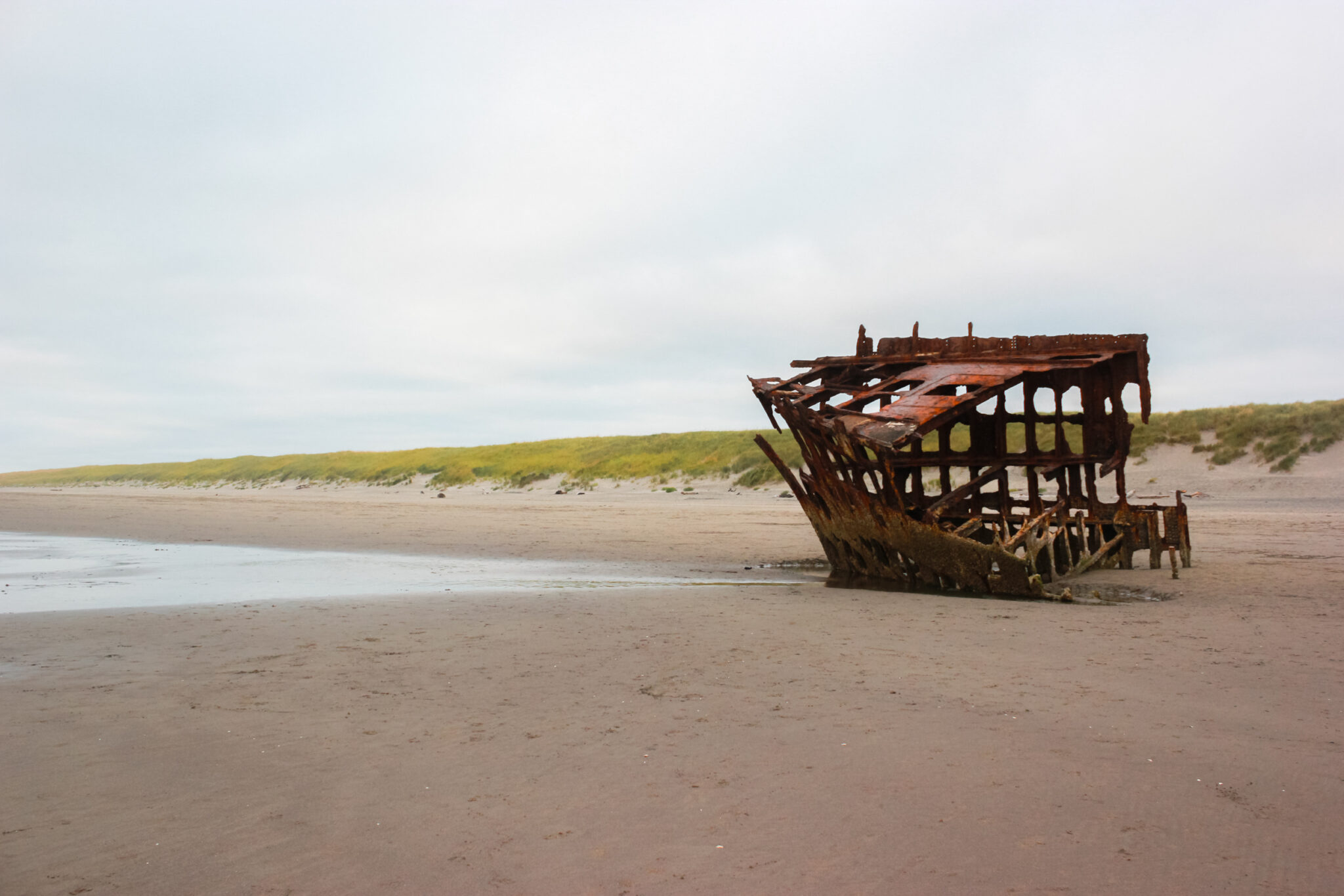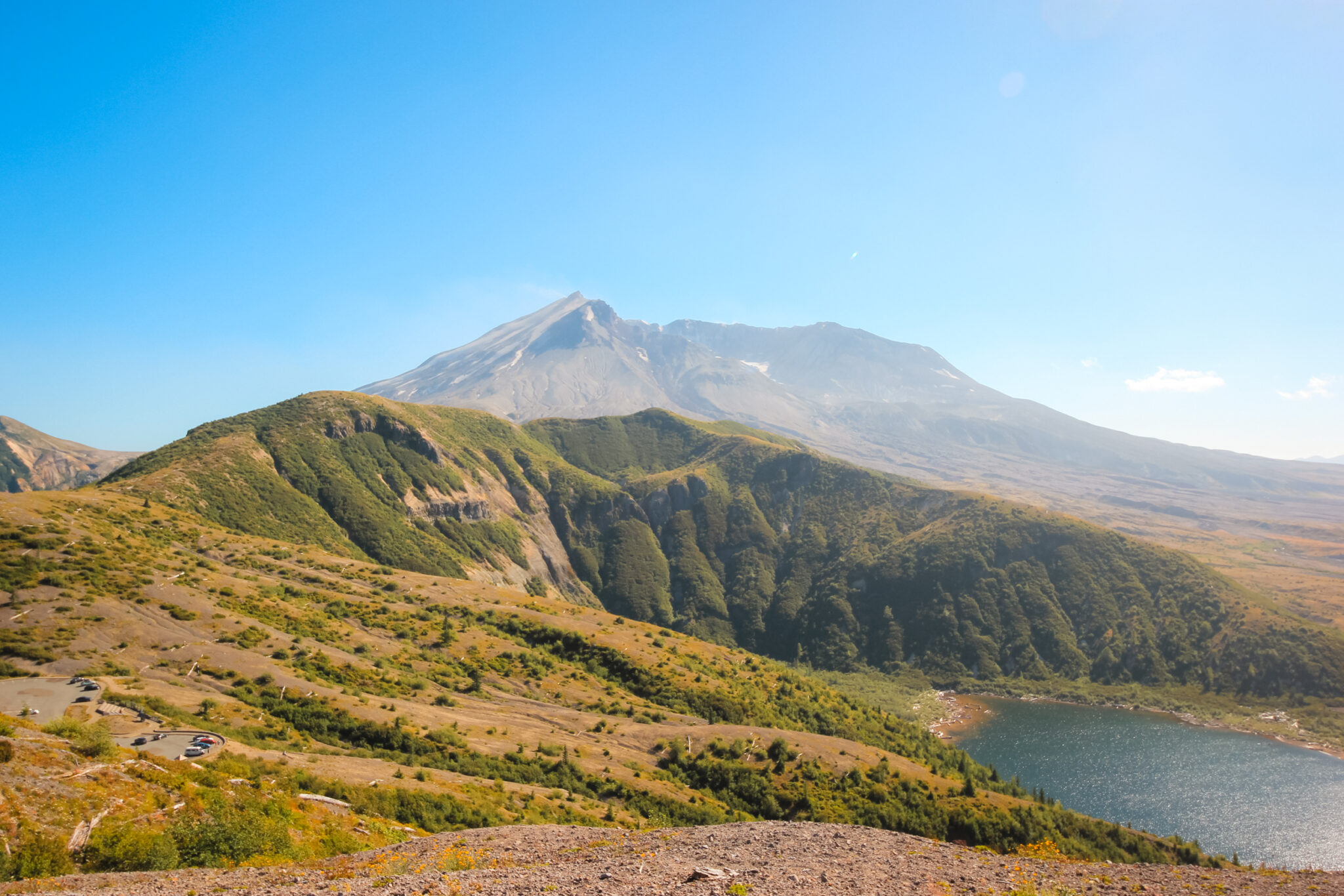Kingfisher Interpretive Centre near Enderby, BC
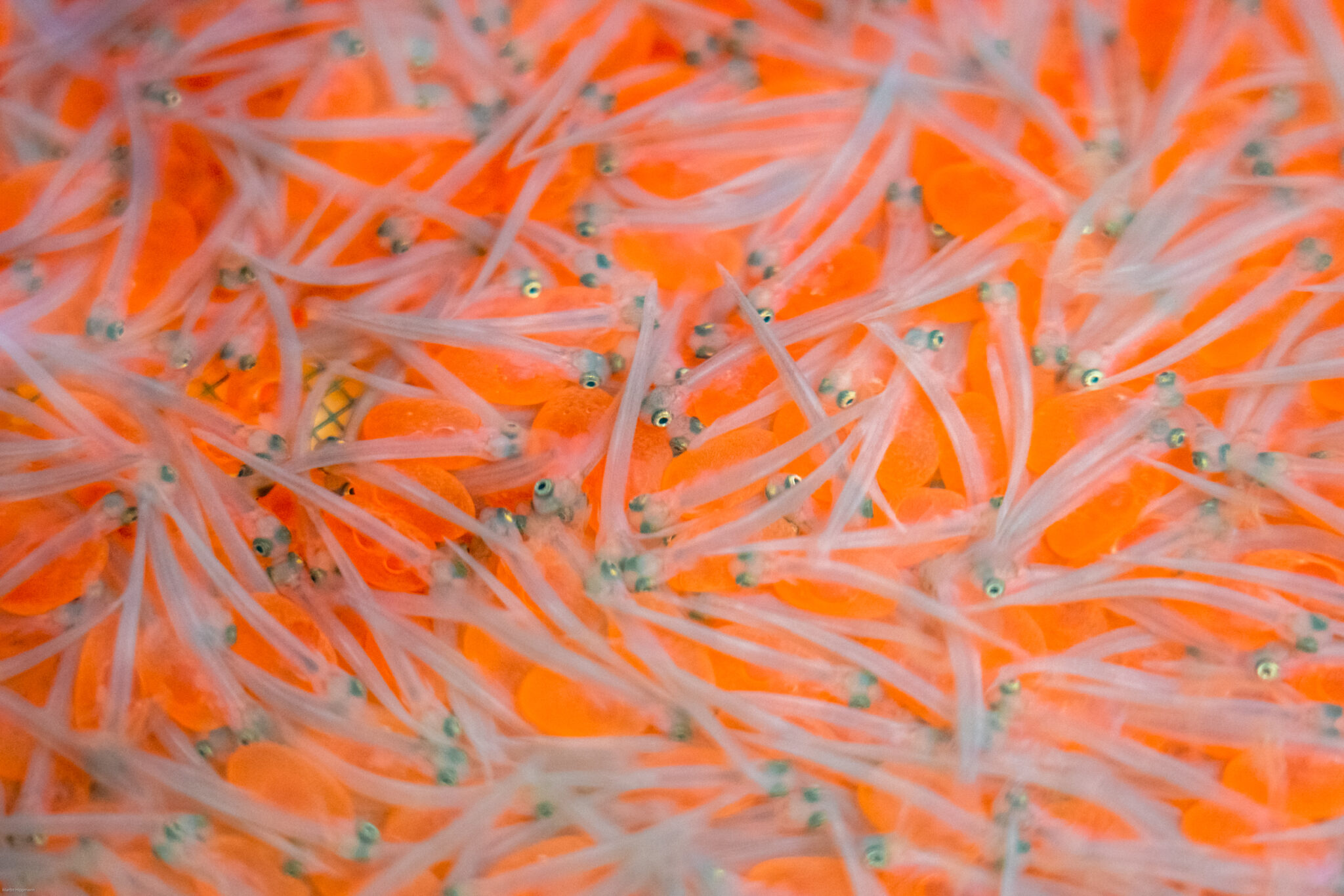
The Kingfisher Interpretive Centre near Enderby and Mabel Lake is a small hatchery that raises salmon to release into the Shuswap River. They have lots of little salmon-ies and their work has been instrumental in bringing salmon back to the area.
Besides being a small hatchery, the Kingfisher Interpretive Centre also offers plenty of hands-on educational opportunities for kids and adults. You’re never too old to learn something new!
In fact, they’re a leader in the Okanagan for environmental stewardship education and you’ll come away caring even more about the river, forests, and marine life. It’s also a great place to check out the salmon run every year.
In fact, there’s so much to do here that you’ll probably be surprised!
Quick Facts about the Kingfisher Interpretive Centre
The Kingfisher Interpretive Centre is located on the shores of Cooke Creek and the Shuswap River, 26 km from Enderby and 9 km from Mabel Lake. The Centre sprawls across 10-acres of Secwépemc land and sits among the beautiful Interior Rainforest. It’s a peaceful, pristine place to learn about salmon, take a self-guided walk through the forest, and check out the local wildlife.
It’s a little outta the way, but 100% worth the drive!
- Difficulty: Easy
- Location: 2550 Enderby Mabel Lake Rd, Enderby
- Open Dates: 9am to 3pm, Thursday to Monday
History of the Kingfisher Interpretive Centre
Before we get into everything you can do at the Centre, let’s take a quick look back in time. Back in the early 1980s, anglers along the lower Shuswap River noticed a serious problem: fewer and fewer salmon were returning each year.
Salmon are vital to a healthy environment and their depleting numbers were putting the local ecosystem at risk. The community came together (like only small towns can) and created a salmon club. This was the first whisper of what eventually became the Kingfisher Interpretive Centre.
The club began raising salmon in floating fish rearing troughs at the beginning of the lower Shuswap River in Mabel Lake. As the club evolved, they received grants and funding from the government to continue their stewardship. To establish a home base, they leased land from the Secwépemc First Nations.
Today, the Kingfisher Interpretive Centre is an award-winning leader in environmental education in the Okanagan. It’s a volunteer-run, hands-on salmon hatchery that’s working tirelessly to restore salmon in the Shuswap River.
Hours
The Kingfisher Interpretive Centre is open year-round and it’s most popular during the late spring, summer, and fall. Volunteers are around during these seasons to answer questions and help you learn about salmon and the area.
Since the Centre is entirely open-air, you can also visit in the winter. However, it’s unlikely you’ll find anyone to answer your questions or be able to partake in hands-on programs. This is the time to enjoy a quiet winter wonderland!
Directions
Although the Kingfisher Interpretive Centre is a little outta the way, it’s super easy to get to. It’s on the way to Mabel Lake (a popular vacation spot) which means the road is entirely paved. There’s only one road out that way, so you aren’t in danger of getting lost.
The Centre is on the right side of the road and a large wooden sign marks the entrance. You’ll lose cell service, so make sure you have Google Maps already loaded if you’re a little unsure where you’re headed (which I always recommend). If you’ve reached Mabel Lake, you’ve gone too far!
Parking for the Kingfisher Interpretive Centre
Once you turn off Enderby Mabel Lake Road, the road turns to dirt. You’ll only drive for a few hundred metres before you reach the large dirt parking lot. The road is well kept, but narrow. Go slow and watch for others.
Most vehicles will have no trouble with the dirt road, but if you’re worried you could park on the side of the main road and walk in — it’s not far. The parking lot is a short distance from the Centre, but the road directly to it is only for people who require assistance.
Washrooms
There are two outhouses at the parking lot, as well as a normal washroom at the Centre itself. Due to COVID-19, only the outhouses are currently open to the public.
Educational Activities
The Kingfisher Interpretive Centre is an award-winning leader in environmental education in the Okanagan. It’s a volunteer-run, hands-on salmon hatchery that’s working tirelessly to restore the wild salmon in the Shuswap River. Awesome work, guys!
The Kingfisher Interpretive Centre is unique from other hatcheries because it’s one of the only places in BC where the average Joe can have a first-hand experience with salmon in their natural habitat. Pretty cool, eh? Who wouldn’t want to get up close and personal with cute little salmon-ies? In a totally non-destructive way, of course.
Salmon are at the heart of the Kingfisher Interpretive Centre, but they’re not all they teach about. Besides raising little salmon-ies, the Centre runs a few different programs and has taught thousands of kids and visitors about the importance of marine life. Over the years, they’ve raised and released millions of salmon into the Shuswap River and perfected their educational programs.
Stream to Sea
The Kingfisher Interpretive Centre is well known for its Stream to Sea program.
For over 30 years, elementary students in Enderby, Vernon, and Revelstoke have been raising salmon in their classrooms. While watching the salmon grow, kids learn about freshwater and marine ecosystems, how to respect and protect natural environments, and their role in all of it. In a world where nature is often taken for granted (and abused), I love this! It’s so important for kids to learn about the natural world we all live in.
In the spring, once the salmon have grown to fries, the Kingfisher Centre invites students to the Shuswap River to release their salmon. It’s a wonderful opportunity for kids to see firsthand the importance of keeping healthy, natural environments so their salmon can flourish on their journey to the ocean.
Six months later in the fall, students return to see the adult salmon return to spawn. Even though the returning salmon aren’t the same ones they released, it’s a great way for kids to see a salmon’s full lifecycle.
School Field Trips
In the spring and fall, the Centre is busy with field trips from nearby schools. These trips are full of fun educational activities. I had so much fun on these field trips when I was little!
Kids can get their hands wet in an interactive water bug station, take a nature walk through the forest to learn about local animals and plant life, and check out a watershed model that highlights the value of clean water.
Kids also learn about the Splatsin peoples, the local First Nations, and the vital role they play in the area, as well as traditional fishing methods and storytelling. The little humans come away with so much practical knowledge!
Programs
Even though the Kingfisher Interpretive Centre is most well known for its various school programs, they also have a variety of other programs, most of which aren’t for the kiddos. Well, at least not directly.
The Centre itself is a large open-air wooden building surrounded by the forest, which lends itself very well to programs and activities that have nothing to do with salmon. These programs can range from workshops or day camps to private birthday parties and family reunions.
If you have a specific idea in mind, just get in touch with them! They’re extremely accommodating and will work with you to customize a program that works for you.
Online Education
What if you can’t make it all the way out to Kingfisher, you ask? Don’t fret my friend, they’ve got you covered, too! In today’s digital world, why let location get in the way of education?
In 2020, the Kingfisher Interpretive Centre released a series of free educational videos and worksheets on their website.
You can take a deep dive into a salmon’s life and its anatomy, learn to identify trees native to the Interior Temperate Rainforest, connect with your inner child and catch some bugs, appreciate the history and significance of the Splastin peoples traditional fishing practices and see how humans and salmon co-existent within a watershed.
Events at the Kingfisher Interpretive Centre
In addition to their year-round education, the Kingfisher Interpretive Centre also hosts events every now and again. Keep your eyes peeled for these events because they’re pretty cool and definitely worth a visit!
Egg Take
Every fall, with the exception of 2020, the Kingfisher Interpretive Centre invites all of us to their annual egg take.
Hold up a sec, what the heck is an ‘egg take’? It sounds kinda weird, but it’s actually super cool! During the egg take, salmon eggs are collected to be raised in their on-site hatchery. This is a hands-on, extremely interactive event that connects participants with their natural environment. You can get right in the water and help the hatchery’s volunteers collect eggs and milt.
The Centre can accommodate 50,000 eggs in their hatchery. Once the eggs are collected in the fall, the eggs are transferred to the hatchery’s incubator trays. While they’re here, the eggs are monitored to ensure the water temperature and environment remain ideal. In the spring, once the salmon hatch and grow up a little, they’re transferred to the large holding tanks at the back of the building. The salmon wait here until they’re released back into the river to make their way to the ocean.
Sponsor a Salmon
If you wanna help a little salmon-ie grow into a full-fledged river badass, you can now sponsor one! Or two or three. Or however many you want, go wild!
As a sponsor, you can name your little baby salmon (and receive a fun, personalized birth certificate) and get updates as it matures through life. You’ll know exactly when it reaches the terrible twos or the rebellious teenage years (okay, maybe not in those exact terms… but I can dream).
When you sponsor a salmon, you become a certified salmon steward and are directly supporting and protecting the local salmon by helping the Centre’s conservation efforts.
Learn to Fish
During the summer, Kingfisher Centre also offers a Learn to Fish program at their trout pond. Since they don’t raise trout, Freshwater Fisheries Society of BC provides adult trout for this event.
If you’ve never fished before, this is a great chance to learn casting techniques, fish handling and identification, fly tying, and more! It’s a truly hands-on experience where volunteer anglers from Kalamalka Fly Fishers teach kids (and adults) all the basics of fishing. You’ll come away excited and ready to try your hand at fishing on your own.
Other Things to Do
We’re not done with all the awesome things you can do at the Kingfisher Interpretive Centre yet! It sits on 10-acres of pristine Secwépemc land and is full of other fun activities like nature walks, beaches, fishing, and floating.
Hatchery
The hatchery at the Kingfisher Interpretive Centre is home to 50,000 salmon eggs. These eggs are collected from the fall egg take, then stay in small incubator trays over the winter. They slowly grow from eggs to fry before being moved to the outdoor holding tanks. Once they’re old enough, they’re then released back into the Shuswap River.
The hatchery isn’t open to the public because it’s important the salmon aren’t disturbed, but you can request a tour.
Self-Guided Nature Walk
The 0.5 km self-guided nature walk loops loosely around the building and heads uphill to the parking lot. Grab a brochure at the Centre, then head into the cedar-hemlock rainforest. Along the way, you’ll encounter 10 signs that match up with activities in your brochure. If you actually take the time to do the activities, you’ll come away with an even greater understanding and appreciation for the forest.
One of the stops on your walk is the Pit House (or Kekuli). It’s a traditional building used by the Secwépemc during the winter. You can go into the Kukuli to check it out, but make sure you’re being respectful. There’s also a firepit inside the Kekuli, but it’s not for public use.
Additional Trails
Besides the self-guided nature walk, a few other trails wind through the 10 acres.
They’re not on a map, but they’re there. If you decide to look for these, remember to stay on the actual trails and not do any bushwhacking. One of the trails connects with the Cooke Creek Recreational Site, making it a nice and easy way to get back if you decide to go for a float or wanna stay the night.
And, wink wink, you can 100% go snowshoeing on these trails. Just sayin’, a walk beside the river in the winter is pretty beautiful! Just don’t walk on the river because it doesn’t freeze.
Cooke Creek
The Centre is wedged between two waterways, the Shuswap River and Cooke Creek. While the Shuswap usually gets all the love and attention, Cooke Creek is beautiful in its own right.
A decade ago, the creek flooded bringing with it huge trees that altered the landscape. Some of these trees still remain, but a lot of work has been done to restore the waterway. It’s a really beautiful spot to hang out.
You can explore the edges of Cooke Creek and try to find the Centre’s water intake valve (which provides water for the trout pond and hatchery), you’ll have to look hard, though, because it’s not super obvious.
Birds and small mammals like to hang out here too, so if you’re quiet enough, you might just spot some wildlife along the edges.
Kinbasket Beach
As you follow Cooke Creek, it empties into the Shuswap River. There’s a large, sandy and rocky beach here: Kinbasket Beach.
The Shuswap is pretty deep in this area and it’s a fairly popular place to go for a swim, picnic, or romantic walk — if you don’t mind stumbling upon salmon skeletons! I joke, but in all honesty, it’s pretty likely you’ll see salmon bones from the latest salmon run along the shorelines. But hey, that’s what happens when you head into nature.
As you walk up Kinbasket Beach, you’ll meet back up with the nature trail. But don’t worry, you’re not done! Numerous other trails branch off, leaving you with many different trails to explore. It’s basically a choose-your-own-adventure and I’m here for that.
Fishing
Considering it was anglers that first started the Kingfisher Interpretive Centre, it’s not surprising that fishing continues to be popular here. Chinook salmon, Kokanee salmon, rainbow trout, and bull trout all live in the Shuswap River. Anglers come here year-round, however, the fall is the most common time to fish because of the returning salmon. Fall fishing season is usually mid-August to mid-September.
And if you’ve never fished before, don’t fret! The Centre offers Learn to Fish programs during the summer so you’ll be all prepped for the fishing season.
Floating, Kayaking, SUP & More
Floating the Shuswap River is suuuuper popular in the summer. It gets pretty bananas down in Enderby, but because Kingfisher is a little outta the way, it’s not quite as busy. It’s much more of a local’s spot, mixed with a healthy dose of visitors from Mabel Lake. You’ll still find a lot of people enjoying the river here, but not as many as Enderby.
You can enjoy a beautiful float from the Centre down to Cooke Creek Rec Site or continue further along to the Shuswap Falls RV Club. Or you can start upstream at Hupel Hand Launch or Brant’s Hand Launch and float down.
Most of the land along the river is private property, though, so make sure you plan your route accordingly. There aren’t a ton of places to get out and the river can take longer to float than you may think. You can always bring kayaks, SUPs, or a canoe to see more of the river! If you don’t have your own, you can rent them from Paddle Shuswap (5.6 km from the Kingfisher Interpretive Centre).
IMPORTANT: Don’t start any further upstream than Hupel Hand Launch. Between Mabel Lake and Hupel Hand Launch are the Skookumchuck Rapids. These are whitewater rapids that quickly turn dangerous if you’re floating or unprepared. If you wanna check out the rapids, you can take a rafting tour and lessons with Paddle Shuswap.
